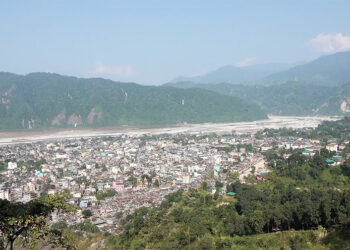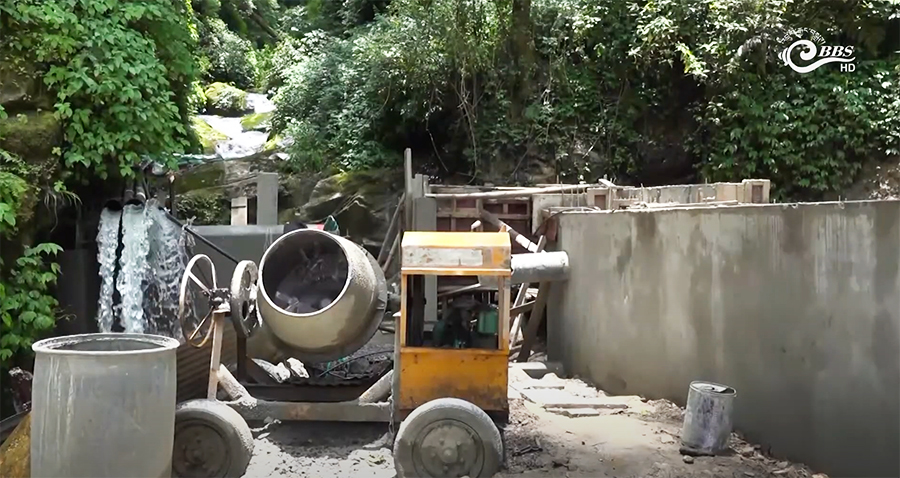 Access to clean drinking water in Bajo town and its surrounding areas in Wangdue Phodrang has long been a pressing issue. Despite repeated concerns from residents, budget constraints have stalled the water supply project. This time, however, the District Administration has begun the project, even with a limited budget, bringing hope to the people.
Access to clean drinking water in Bajo town and its surrounding areas in Wangdue Phodrang has long been a pressing issue. Despite repeated concerns from residents, budget constraints have stalled the water supply project. This time, however, the District Administration has begun the project, even with a limited budget, bringing hope to the people.
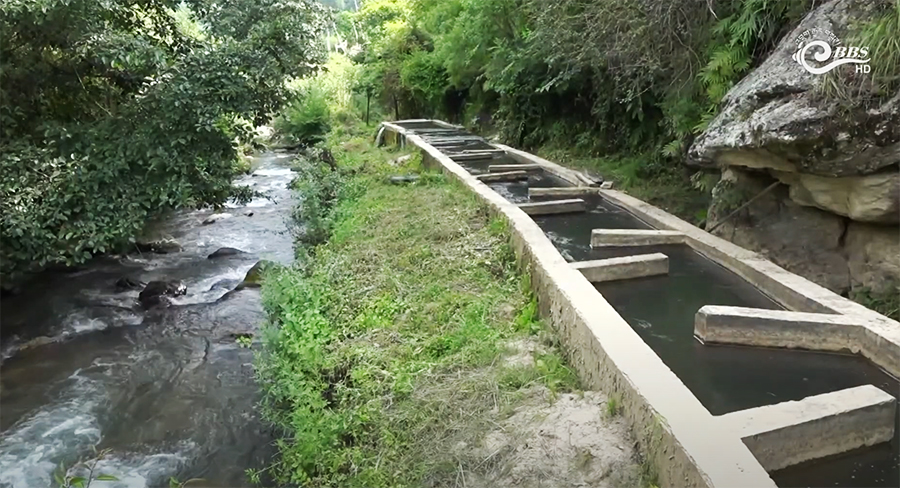 The current drinking water supply is sourced from Baychhu Stream.
The current drinking water supply is sourced from Baychhu Stream.
Around 14,000 people, including residents of Bajo town, the Military Training Centre, and the Dzongkhag Rabdey, depend on this supply. They have relied on it for more than a decade.
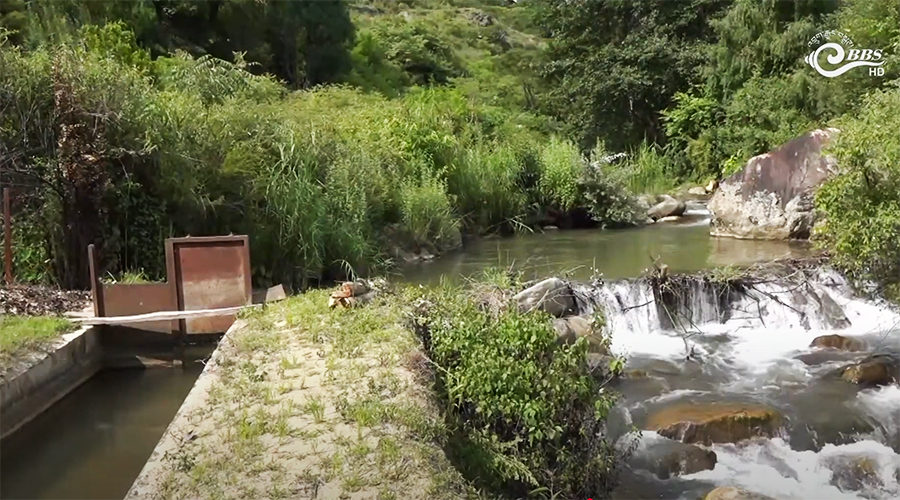 However, many now say the water is no longer hygienic or safe to drink. They say the growing population and settlements in Nyisho and Kazhi Gewog near the source are causing the contamination.
However, many now say the water is no longer hygienic or safe to drink. They say the growing population and settlements in Nyisho and Kazhi Gewog near the source are causing the contamination.
“The area above the water source is densely populated. We’ve even seen animal carcasses polluting the stream. During the paddy season, irrigation water also flows into it, causing severe contamination. One of the earlier research reports highlighted these concerns,” said Rinzin Wangchuk, the planning officer of Wangdue Phodrang district administration.
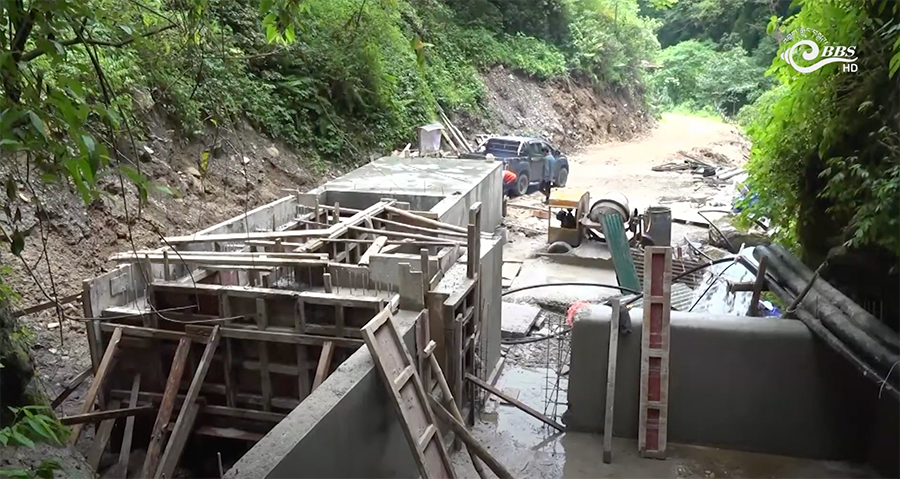 With health risks mounting, the District Administration began work on a new water supply project in April this year. They have started sourcing water from the Wakhashong stream in Bjena Gewog, more than 25 kilometres from Bajo.
With health risks mounting, the District Administration began work on a new water supply project in April this year. They have started sourcing water from the Wakhashong stream in Bjena Gewog, more than 25 kilometres from Bajo.
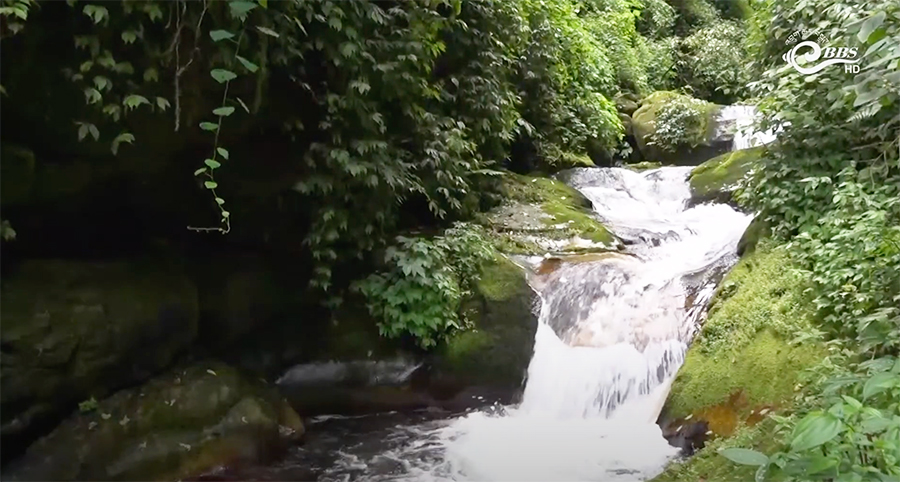 Officials say the water from Wakhashong is cleaner and safer for drinking.
Officials say the water from Wakhashong is cleaner and safer for drinking.
The project is part of the 12th Five-Year Plan and requires a total of Nu 158 M to complete.
With an initial budget of Nu 10 M, the administration has begun constructing a reservoir and laying around 800 metres of pipeline from the new source. The current phase of work is expected to be completed by October.
The District Administration remains hopeful that the remaining budget will be approved in the next financial year.
Rinzin Wangchuk said, “We’ll carry out the remaining work as a spillover activity into the next financial year. We’ve already submitted our budget request to the relevant ministry and departments. We’ve heard that they’re also prioritising this project in their planning. Additionally, we’ll allocate some funding from the district’s upcoming budget. We’re hopeful the ministry will support us with the remaining required amount.”
He said If everything goes as planned, people will have clean drinking water by the end of next year.
Once completed, the new water supply is expected to meet the needs of around 30,000 people over the next ten years.
Changa Dorji, Wangdue Phodrang
Edited by Sangay Chezom








